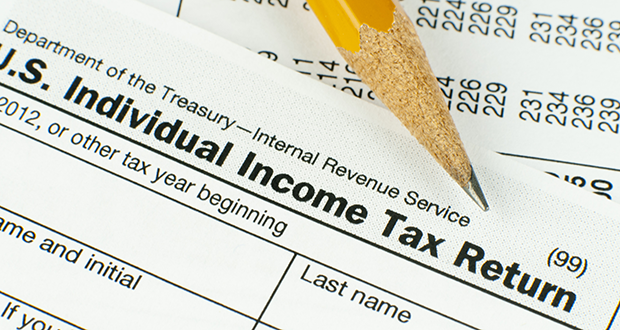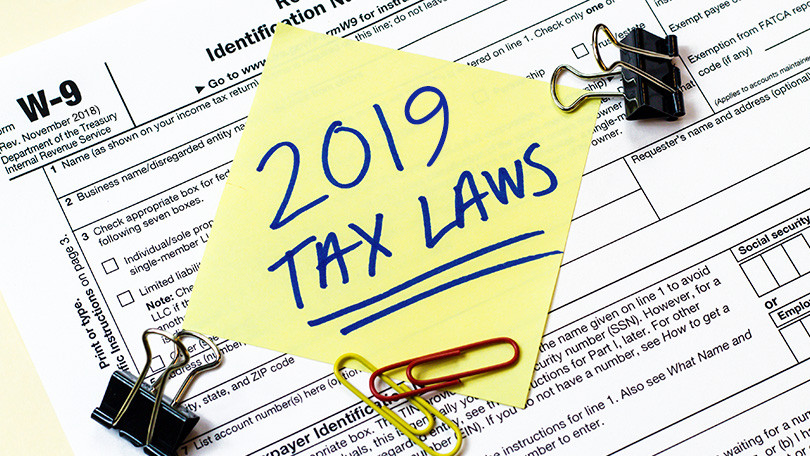2020 Tax Rate Increase Reported Today
Here’s a Look At 2020 Tax Rates
- 2020 Tax Projected Brackets
- 2020 Tax Standard Deduction Amounts And More
The U.S. Bureau of Labor Statistics reported today that the consumer price index (CPI) has increased by 0.1% for August, after rising 0.3% in July. Here’s what that means for taxpayers in 2020, together with the first look at predicted rates for the next year as calculated by Bloomberg Tax & Accounting.
The CPI measures the cost of goods and services—in other words, your cost of living. Under the Tax Cuts And Jobs Act * (TCJA), the Internal Revenue Service (IRS) now figures cost-of-living adjustments using a “chained” CPI. The chained CPI measures consumer responses to higher prices rather than merely measuring the higher prices. What that means for taxpayers is that inflation adjustments will appear smaller: Most inflation-adjusted amounts, including the threshold dollar amounts for tax rate brackets, are projected to rise by less than 1.5% in 2020.
*(The Act to provide for reconciliation pursuant to titles II and V of the concurrent resolution on the budget for fiscal year 2018,[2] Pub.L. 115–97, is a congressional revenue act of the United States originally introduced in Congress as the Tax Cuts and Jobs Act (TCJA),[3][4] that amended the Internal Revenue Code of 1986. Major elements of the changes include reducing tax rates for businesses and individuals, increasing the standard deduction and family tax credits, eliminating personal exemptions and making it less beneficial to itemize deductions, limiting deductions for state and local income taxes and property taxes, further limiting the mortgage interest deduction, reducing the alternative minimum tax for individuals and eliminating it for corporations, reducing the number of estates impacted by the estate tax, and cancelling the penalty enforcing individual mandate of the Affordable Care Act (ACA))
Projecting Smaller Tax Rate Increases in 2020
“We are projecting smaller increases for most inflation-adjusted amounts this year, as we expected, due in part to the use of the chained CPI to measure cost of living adjustments, and partly due to the slower rise in inflation overall,” said Annabelle Gibson, practice lead for U.S. income tax and IRS procedure, Bloomberg Tax & Accounting. “Our projections help taxpayers and tax planners get a jumpstart on the 2020 tax planning season in advance of the Internal Revenue Service’s publication of official 2020 inflation-adjusted amounts later this fall.”
Following are projected numbers for the tax year 2020, beginning January 1, 2020. These are not the tax rates and other numbers for 2019









